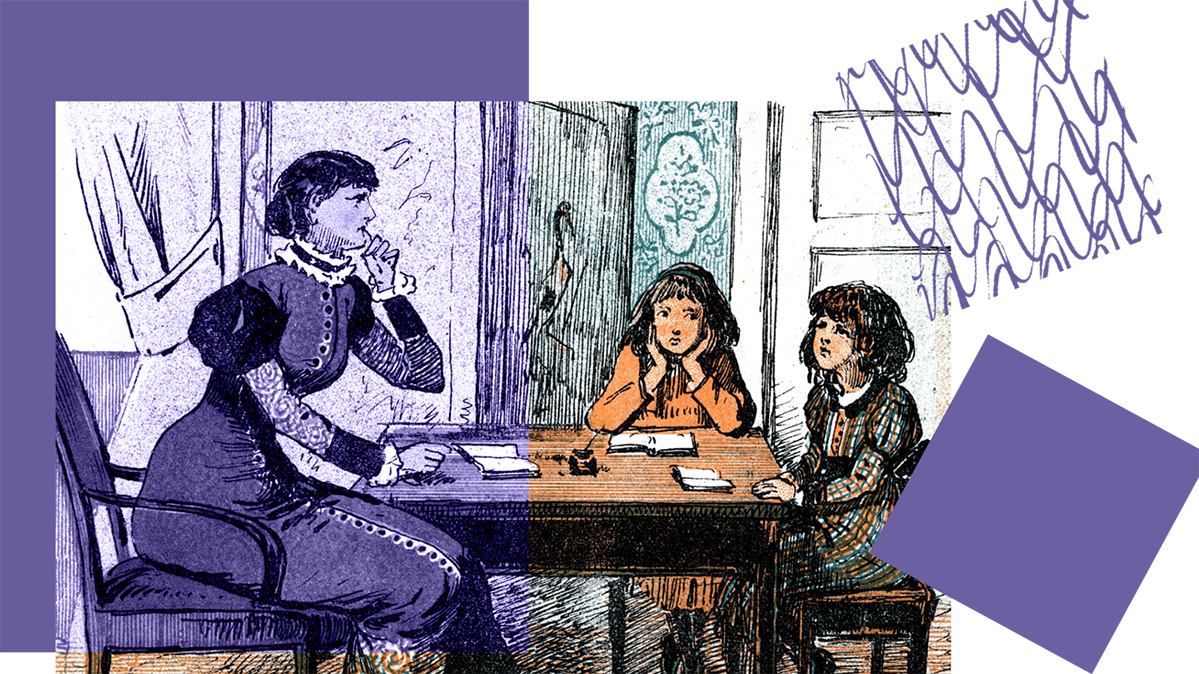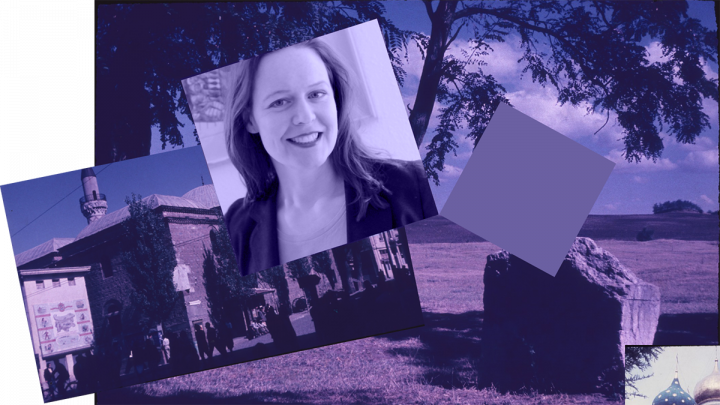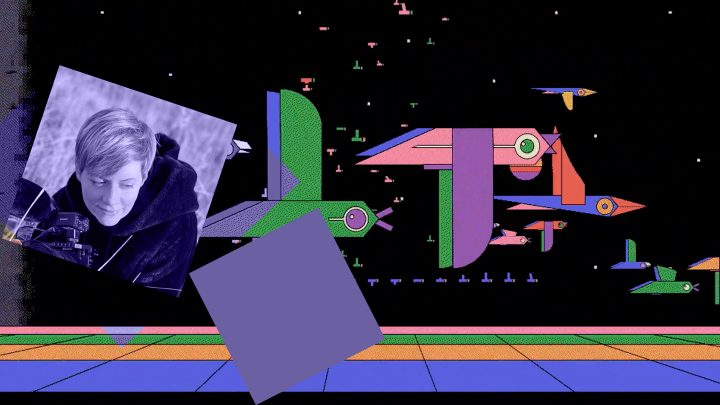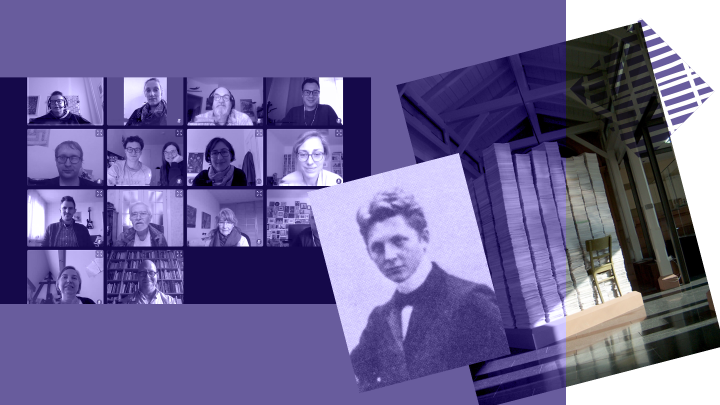More than 12,000 free items of content are available in 17 subject portals at WirLernenOnline (as of March 2021).
Free educational materials and, in particular, Open Educational Resources (OER) are essential for a contemporary digital educational landscape. Together with its partner edu-sharing, Wikimedia Deutschland has built the “WirLernenOnline” platform.
It is precisely these Open Educational Resources (OER) that can be found via the “WirLernenOnline” platform, which was launched in spring 2020. Here, important sources for teaching and learning content could be made accessible under free license. What distinguishes these materials and makes them valuable for teaching, teachers and students: “You are allowed to change, remix and share them according to your own teaching needs,” says Gleibs. In addition, the platform strengthens the importance of OER in educational policy discussions.
“WirLernenOnline” is funded by the German Federal Ministry of Education and Research (BMBF) as part of the Corona emergency aid program to mark the pandemic.
“OER is not just about the license, but about the attitude: that teaching and learning is something co-creative and behind it is the idea of sharing.”
Heike Gleibs
Of course, Gleibs explains, the project also makes challenges visible. There are several reasons for this, explains Heike Gleibs. One, she says, is technical: “Half of the discoverable materials have no license information in the metadata at all.” Another is that “not so many OER exist yet to be able to fulfill material requests for every teaching need,” says Bernd Fiedler, Wikimedia’s project manager for politics. The platform was funded by the German Federal Ministry of Education and Research (BMBF) as part of the Corona emergency aid program to mark the pandemic. It also refers to materials that are freely accessible, but may not be changed or passed on.
What Gleibs also emphasizes is that “OER is not just about the license, it’s about the attitude: that teaching and learning is something co-creative and there’s the idea of sharing behind it.”
“We see considerable movement in the field of OER, but we urgently need more promotion – and more awareness.”
Bernd Fiedler
Politically, free educational materials and OER are experiencing an upswing, which is a positive trend. Among other things, the Federal Agency for Civic Education (bpb), from which much content is linked via “WirLernenOnline,” recently committed the educational institutions it supports to Creative Commons licenses. In the SPD’s program for the future, there is the passage: “We also welcome the increased publication of content under open and free licenses, in order to make it easier to use the content, for example, in the context of free knowledge projects (Wikipedia) or also in school lessons.”
Finally, the BMBF is also working on an OER strategy. Wikimedia and Bündnis Freie Bildung were involved in its development in an advisory capacity. “We see considerable movement in the field of OER,” says Bernd Fiedler.
“Opening up teaching only works if we use free licenses”
An interview with Jana Haase and André Hermes about the importance of Open Educational Resources (OER).
In your eyes, to what extent has the pandemic revealed opportunities in the field of digital education – and where do you see hurdles?
HAASE: From the perspective of libraries, especially school libraries, the pandemic situation has opened up an enormous number of opportunities. Digital collaboration via learning platforms and communication via video conferencing tools were also the discovery of accessibility. I’m thinking, for example, of people with mobility impairments, for whom getting to school is already a hurdle. But problems have also become visible: Not all students, not all teachers and institutions have the necessary technical requirements for teaching and learning online. This could often only be solved through private efforts.
HERMES: From the school perspective, there was also an opportunity to learn a lot in the digital realm. It’s just that schools benefitted in very different ways because they were set up in so many different ways. Some already had the infrastructures needed for file sharing and video conferencing, or an internal chat or email system to initiate communication with students, others not at all. That’s where things are already hitting a snag.
What role have free educational materials and, in particular, Open Educational Resources (OER) played in your work?
HERMES: A major role. A lot of things would not have been legally possible in the past few months without OER. The number of new YouTube videos by teachers has really exploded; you can now find explanatory videos on anything and everything. If the content filter were to be used here –which will soon be the case – a large number of them would probably quickly disappear again. It is enough to see an image somewhere that is not freely licensed.
But you can also see how much material has been produced on one and the same topic. A lot of time could have been saved if more OER had been shared among themselves and adapted for their own purposes. For this to happen, however, teachers need to know about OER and be able to use it. There is still a need for education and training here.
HAASE: In my experience, however, awareness of OER has risen sharply in the past year. I have received an increasing number of inquiries from teachers: What about image rights, what am I allowed to use and how? There has been a lot more discussion, advice, and collegial exchange on this topic, which is encouraging. But the topic of copyright –that will of course continue to be an enormous task that we will have to work on.
What are the best practices for OER?
HERMES: First of all, my own material. If I really prepare it as OER, I can be sure that it will still be usable next year and the year after – because the materials are adaptable and independent of a textbook that has to be reissued every two years. For example, worksheets in geography lessons become outdated very quickly. Maybe not on the subject of volcanism, but certainly when it comes to the economic orientation of China. Should I offer students outdated data from 2015? But if the materials are not only freely licensed, but also open with regard to the software, I can simply click on the corresponding graphic and add the current data.
HAASE: In recent months, I have made a lot of material available digitally and uploaded it to learning platforms – and in doing so, I have made extensive use of the educational restrictions in copyright law. I have scanned everything that was permissible within these limits and made it available for teaching. A lot of material can also be found on platforms like “WirLernenOnline”. Of course, you have to take a close look there, too: Is the material up-to-date, can it be updated? For example, I have often been asked by teachers of economics and social studies to “look through the platforms, find the latest materials and send me the links to this or that topic.”
HERMES: In the case of free materials, of course, I can also give the task to students: check GENESIS-Online for the latest data and bring the graph or table up to date. This way, they learn how to use databases along the way, so a certain openness can be achieved in the classroom. If I provide a map from OpenStreetMap in a geography class, for example, they can put it in the middle and group information around it or put other layers on top of it and share their learning product. This opening up of teaching only works if we use free licenses.
In your view, what political framework would have to be created to better promote digital education and OER?
HERMES: Both digital education and the use of OER in schools stand or fall with the advisory structures. Positions need to be created for this. We urgently need a media advisor at every school. And another point is the well-known demand: public money – public good. The federal government spends a lot of money on the creation of material that is not freely available to society.
HAASE: And we need something like textbook freedom 4.0. In the past, there was support for people who couldn’t afford the cost of certain textbooks. Today, there are no more class sets of textbooks. In exchange, policymakers should ensure – and this can certainly be done with legislation, federal and state funding – that all children and young people who go to school have the opportunity to buy or borrow the necessary media and equipment.
Jana Haase
Jana Haase is a librarian, board member of the Arbeitsgemeinschaft Schulbibliotheken Berlin Brandenburg e.V. and member of the Bündnis Freie Bildung. At the Forum Open Education, Haase participated in the expert group on the topic of inequality and digital teaching.
André Hermes
On his blog “medienberater bloggt” André Hermes writes about teaching and learning in the digitally influenced world. The teacher of geography and physical education at a high school is also a lecturer at the Institute of Geography at the University of Osnabrück.





